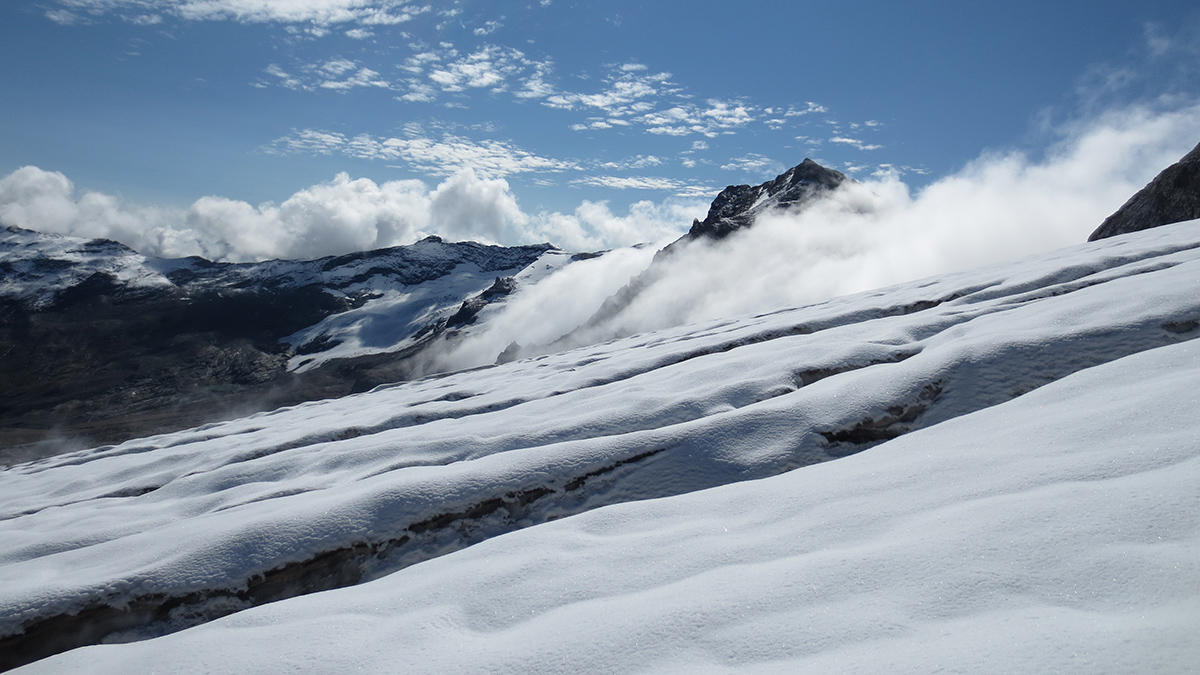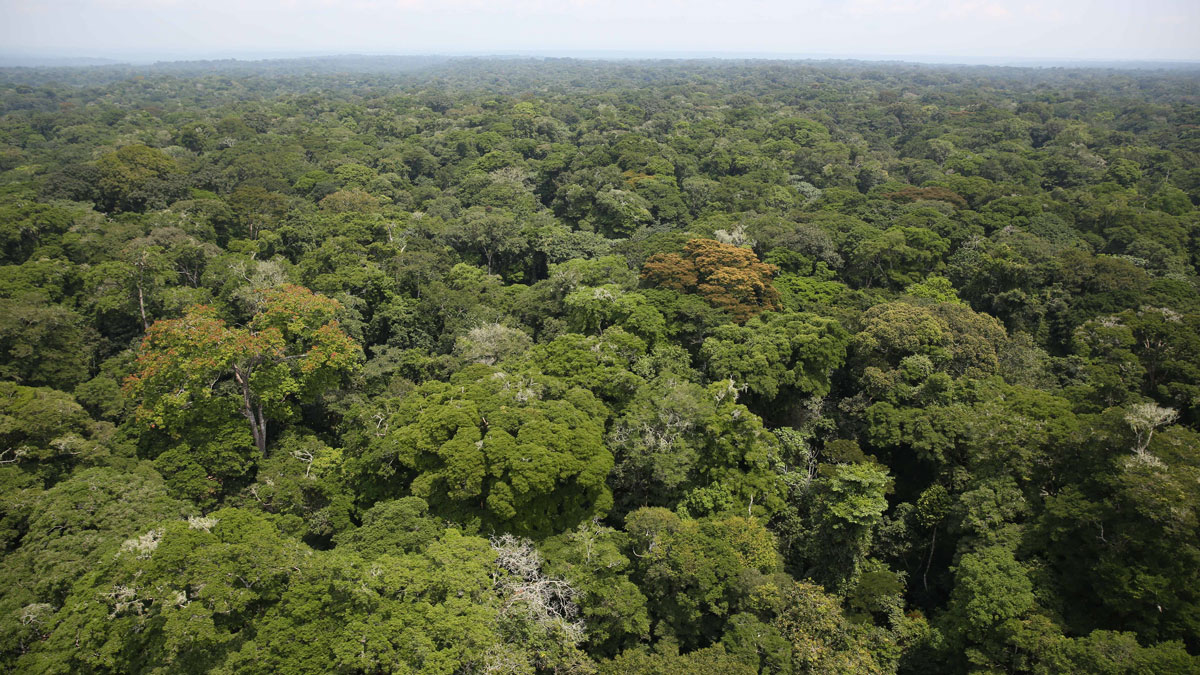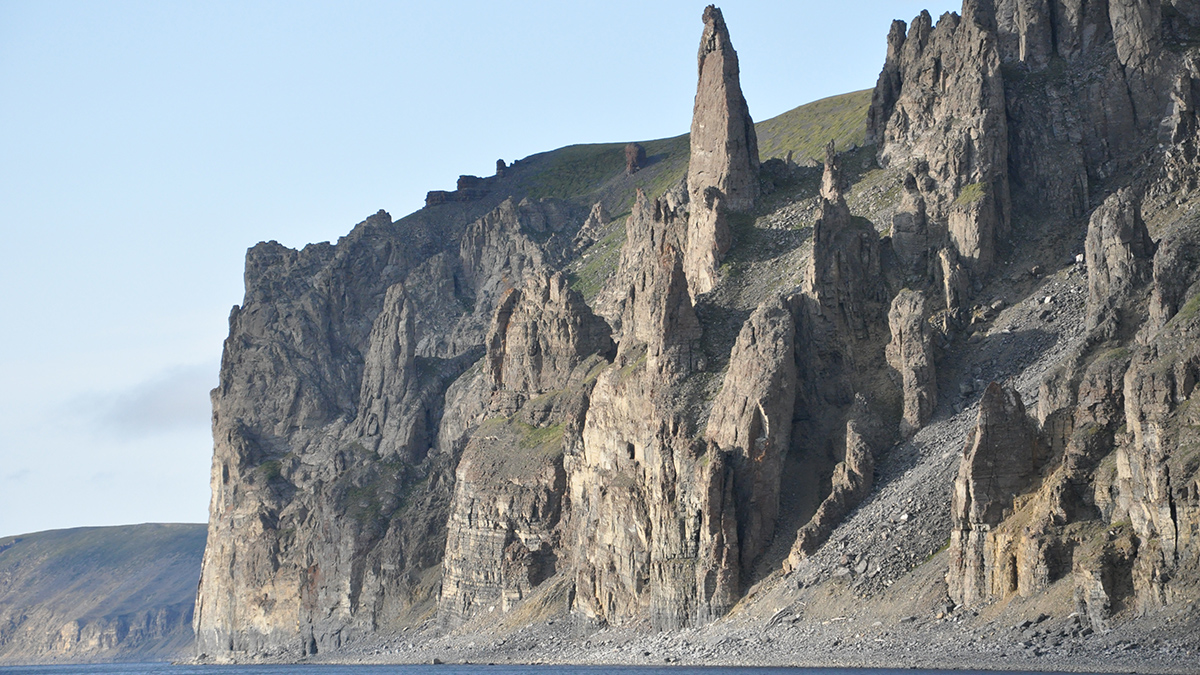An unprecedented dataset offers insight into the counterintuitive cooling effect of glaciers on a global scale.
Kaja Šeruga
Posted inNews
Old Forests in the Tropics Are Getting Younger and Losing Carbon
New research quantifying the global impact of forest age transitions found that 140 million tons of aboveground carbon are lost per year because of old-growth forests being replaced by younger stands.
Posted inNews
Cave Deposits Reveal a Permafrost-Free Arctic
Mineral cave deposits from northern Siberia show that the region was permafrost free during the late Miocene period, when Earth was warmer than today.
Posted inNews
Surface Conditions Affect How Mosses Take to Former Well Pads in Canada’s Boreal Fens
With the help of key moss species, a new approach aims to restore the fens of the Western Boreal Plain.




